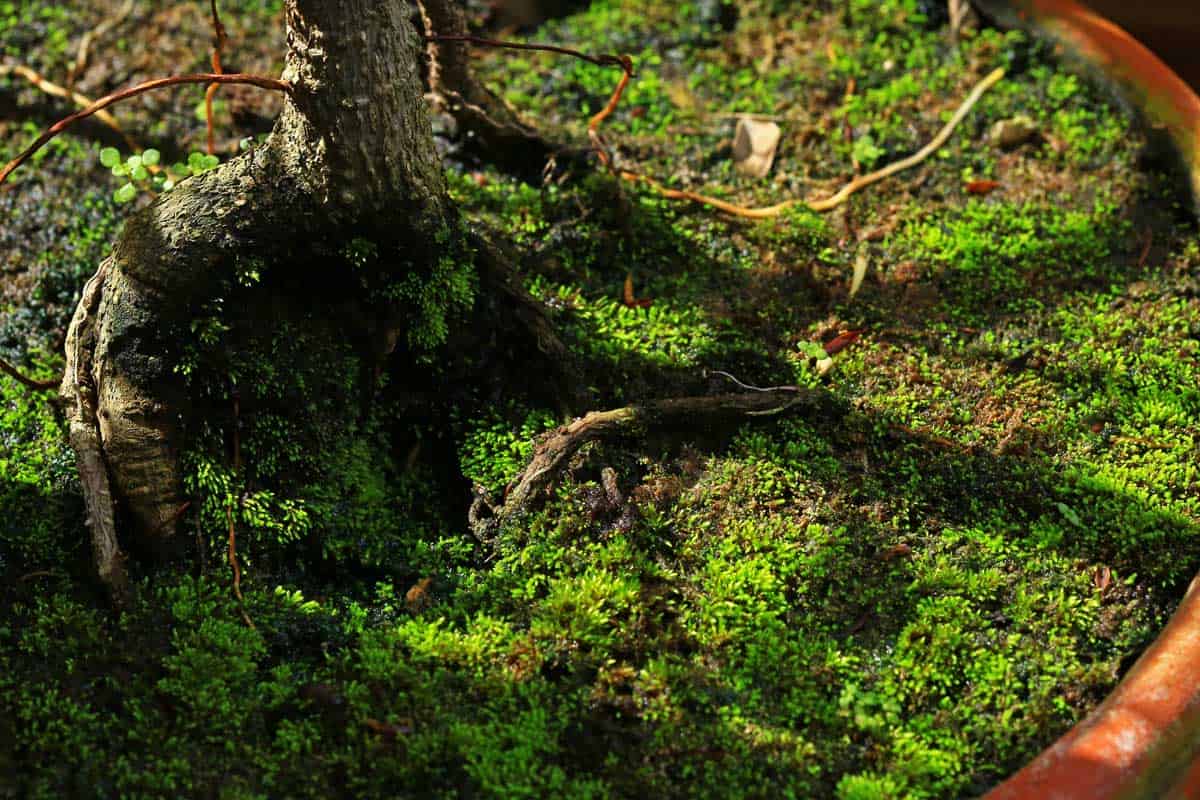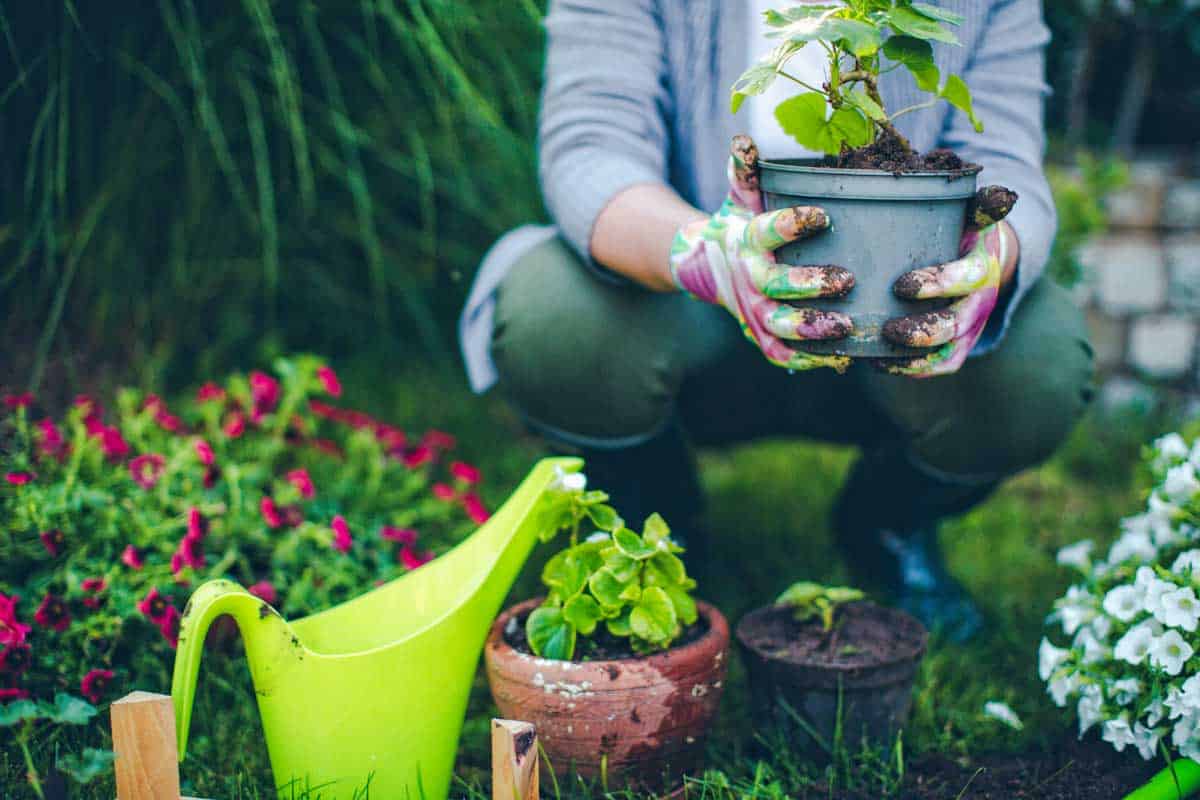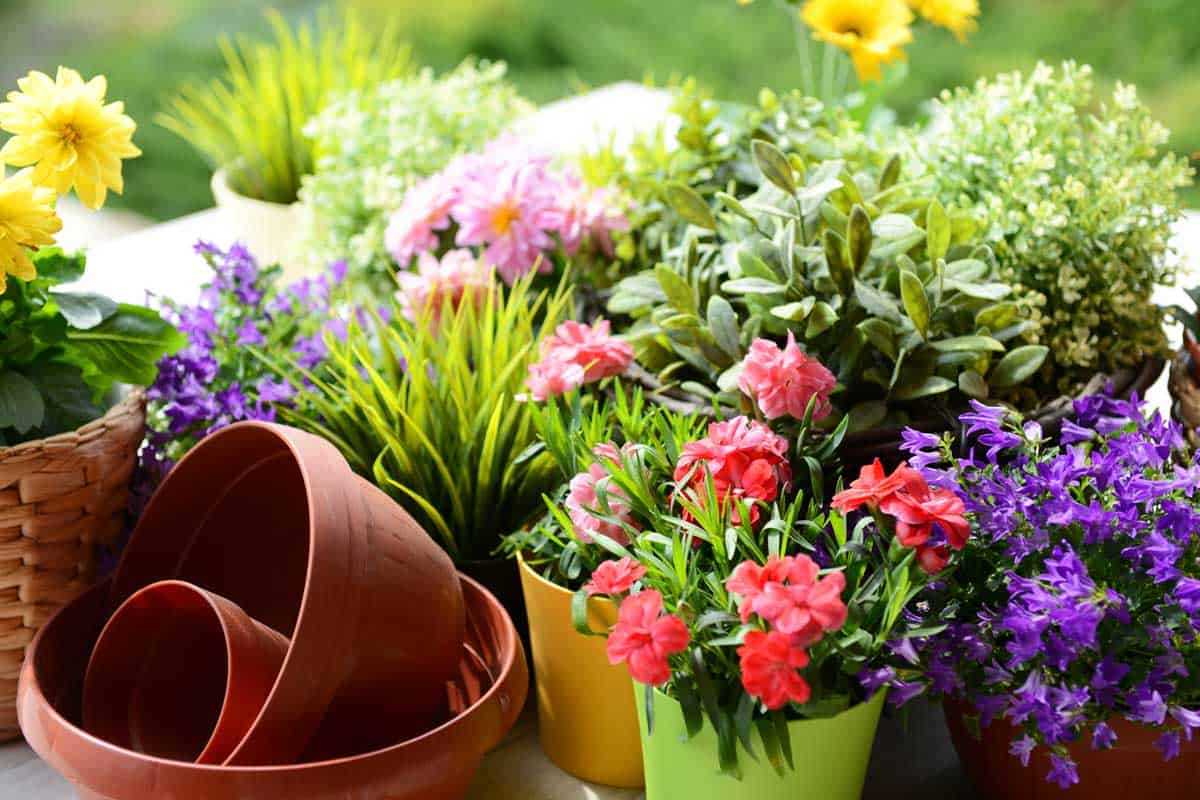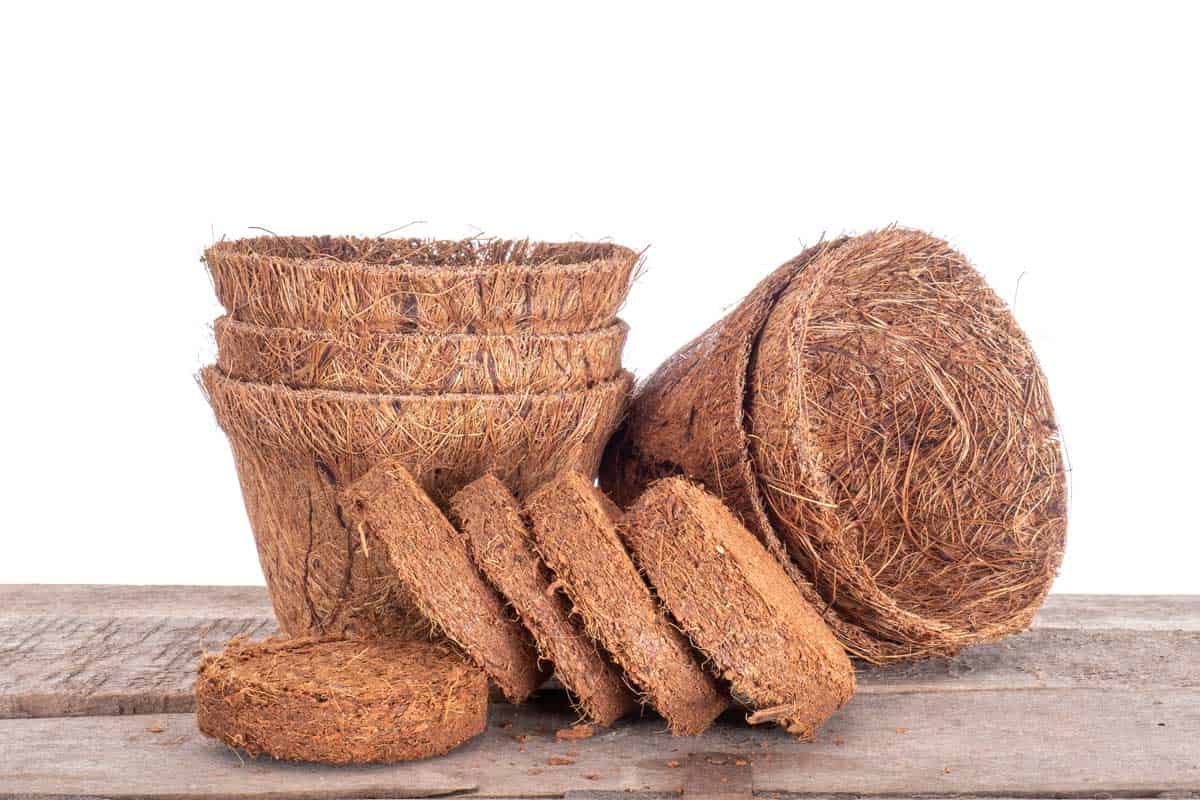Every plant enthusiast knows that for plants to survive, they need air, light, and water. But to truly flourish and show off their vibrant colors and fragrant blooms, they demand something more - a solid foundation, beginning with their roots.
Imagine giving your plants the best care, only to see them wilt from a silent killer: poor drainage, which can lead to the dreaded root rot. Don’t let this be the fate of your beloved plants!
There are three main ways for you to improve the drainage in your potted plants:
1. Use the correct soil-free that is designed to drain
2. Choose a deep planter or container
3. Do not add stone, pebbles, or shards of clay
Those three steps sound easy and are an excellent starting point for you. But not all of us have a natural green thumb. Keep reading and learn how to grow healthier plants by promoting proper drainage.
Choosing The Right Soil For Your Containers
The density of garden soil or dirt, as it’s better known, prevents proper drainage.
It might raise eyebrows, but using 100% store-bought or yard soil in your plant container isn't recommended. While soil and dirt are great for trees and in-ground gardens, they behave differently in confined spaces.
In the vast expanse of the ground, roots have ample room to stretch, and the soil benefits from natural aeration, ensuring proper drainage. However, in a container, this same soil might not provide the ideal conditions your plants need to thrive.
Containers have limited space, and traditional dirt will soak up the water like a sponge, but it won’t drain. The lack of drainage can waterlog your plant. What you need to use is a “potting mix.”
A potting mix doesn’t contain soil or dirt. Instead, this mix is created from peat moss, perlite, and vermiculite. These materials are lightweight and allow air to flow and water to drain.
You’ll find these mixes at your local nursery, online, or home garden store. There are soil-free soils explicitly created for different types of plants. You’ll be able to find a perfect match for your plant of choice.
Click here to buy this on Amazon.
Deep Planters Let Your Roots Breath
Pick a taller pot for your plants. Why? The deeper the pot, the better it drains because of gravity. More soil means better air and water flow for the roots, even if the bottom is wet. A short pot? It might stay too soggy.
The roots can become stressed if the soil in your plant container doesn’t drain. According to the University of Georgia Extension, too much water can lead to root rot. Plants need water, but they also need air to survive. With a lack of air, your plants will feel smothered.
Overwatering is a cause of root rot, but the excess water is likely because your soil can’t release the moisture.
When your plant’s roots can’t breathe or get the food they need from the soil because they are too wet, the result is an unhealthy plant. To prevent the early demise of your plants, you need to pick the suitable soil.
What Can I Add To Soil To Improve Drainage?

As discussed, traditional soil is not ideal for adequate drainage. It holds onto water, making it challenging to aerate the soil in a small container.
If you cannot find a soil-free mix, you should consider adding other materials to the soil to make it lighter. Let’s take a closer look at peat moss, perlite, and vermiculite, as these are your best options for getting soil that won’t get soggy.
- Peat moss is a fibrous material that can hold much water and release it to your plants as needed. It's super light but does the job of wicking away the water.
- Perlite is a material composed of volcanic glass heated to expand its original size many times. The result is a lightweight product that is porous, absorbing the water in your plant container.
- Vermiculite is a pellet-shaped material composed of minerals. Like perlite, vermiculite is lightweight and will soak up water. It’s ideal for your container plants because it lets air flow through the soil.
Adding a bit of each of these materials to your dirt will help you create soil that will be lighter and less likely to rot.
What Can I Put In The Bottom Of A Planter For Drainage?
You might think a layer of rocks at the bottom of your plant container is the perfect choice for improving drainage. But it’s not a good choice!
Rocks or any similar material don’t improve your drainage because they don’t soak up the water. Rocks sit in the container and wait to take on what water your soil releases. And that’s assuming the soil drains.
A couple other ideas for you to consider are adding wood chips or pine bark nuggets to the bottom of your container.
Will Adding Sand To Soil Improve Drainage?

Using sand can help the soil drain better. It's not the top pick, but hey, it's cheap!
If you add sand to your potting soil, choose coarse sand, as the texture will lend itself to better drainage. Fine sand doesn't have enough texture to break up the dirt.
Remember that while sand is cheap, it’s also heavy to haul around. So, choose wisely!
What Can I Use To Fill The Bottom Of A Large Planter?
Filling space at the bottom of a large container is an easy problem to solve as long as you aren’t expecting help with drainage. The potting mix can get expensive when filling a large container. Here are a few inexpensive ideas for materials that take up space:
Packing materials
Styrofoam and packing peanuts are standard buffers in your shipped packages. These materials can be put to work in your planters. Pack them in plastic bags and fill the bottom of your planter.
Recyclables
Check your recycling bin for soda cans, water bottles, and even the bags your potting mix came in. All these items can add fill-up space in a planter. It’s best to slightly crush the cans and bottles to get an even surface to cover with your potting mix.
Remember, these items won’t help suck up excess water in your planters, but they are cheap solutions to fill the void.
Should Planters Always Have Drainage Holes?

Yes, your planters should always have drainage holes. Adequate drainage is crucial for your plants to thrive.
If your container doesn’t have a drainage hole, determine if you can drill or punch holes into the bottom of the planter. If it’s impossible, you will need to use two pots or containers and create a draining system.
When using containers to create a drainage system, you’ll need two different sizes so that one of the planters can sit inside the other. Place your plant in a smaller container with drainage holes, or add the holes. Then, place the smaller pot in the larger container that doesn’t drain.
You might want to consider emptying the water from the larger container occasionally.
How To Cover Drainage Holes In Pots

Sometimes, your soil mix and pot will drain too well. When this happens, you might notice that the water is draining too fast, and you are also losing that precious mix. Or you might have a dirty mess on your hands after watering your plants.
Cover the Drainage Holes
Before you plant, cover the holes from the inside with a screen or mesh, a coffee filter, or a folded cheesecloth. These items serve as a filter but still release water.
Use a Saucer
Find a saucer that fits under your planter. The saucer will cover the holes and collect any water draining through the soil mix. Remember to empty the saucer; you don’t want your plant sitting too long in extra moisture.
Use Water-Absorbing Materials
Peat moss and coconut fiber discs can also be placed over your drainage holes before you plant. These materials absorb and release water but won’t block drainage.
Let It Flow
Your potting containers need excellent drainage for your plants to thrive. If the plant’s roots get waterlogged, they can suffocate and kill your plant.
It is best to make sure that you use a porous potting mix that is soil-free in your containers. Remember, regular soil and dirt are too dense for proper drainage.


